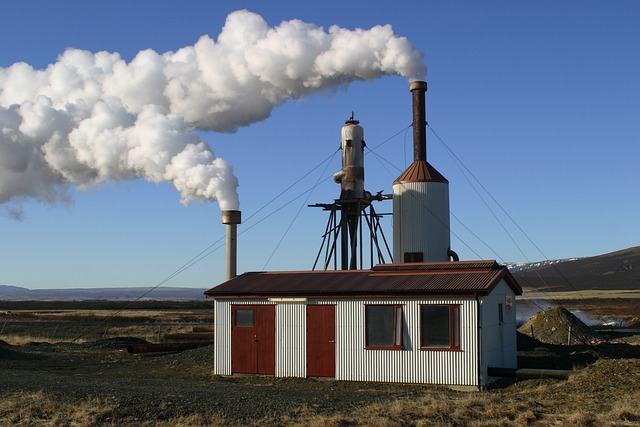Harnessing Renewable Energy Sources to Combat Extreme Weather Challenges
The impacts of climate change are becoming undeniably evident, with extreme weather events such as hurricanes, floods, and droughts intensifying in frequency and severity. As we grapple with these challenges, the urgency of addressing climate change grows stronger. One of the most promising pathways toward mitigating these effects lies in the effective utilization of renewable energy sources.
The Connection Between Renewable Energy and a Resilient Environment
As we witness our environment undergoing dramatic transformations, it is clear that dependence on fossil fuels is no longer sustainable. Traditional energy sources contribute significantly to greenhouse gas emissions, exacerbating climate change and triggering extreme weather patterns. Transitioning to renewable energy sources like solar, wind, hydroelectric, and geothermal presents a vital opportunity to curb emissions while also promoting energy security and environmental resilience.
Solar Power: Brightening Our Future
Solar energy is a shining example of how renewable energy sources can be harnessed to combat the challenges posed by climate change. With advancements in solar technology, the capacity to generate power during sunny days can be maximized, providing critical energy during times of extreme weather when demand spikes. Moreover, decoupling energy production from fossil fuels helps reduce the pollution that contributes to adverse weather conditions.
Wind Energy: Harnessing Nature’s Forces
Wind energy is another key player in the renewable landscape. By utilizing wind turbines, communities can harness the power of gusts that might otherwise unleash destruction during storms. This innovation not only reduces reliance on traditional energy grids, but it can also offer a decentralized energy model that is particularly advantageous during natural disasters, ensuring that local communities remain powered even amidst extreme conditions.
The Role of Hydropower in Flood Management
While floods are often associated with devastation, hydropower plants can mitigate flood risks by regulating water flow. By strategically managing reservoirs and using hydropower as a responsive energy source, communities can better prepare for and withstand severe weather. Additionally, hydropower contributes to a reduction in carbon emissions, further addressing the root causes of climate change.
Geothermal Energy: Stability Beneath Our Feet
Geothermal energy might not be as widely discussed, but its potential in combatting the effects of climate change is considerable. By tapping into the Earth’s natural heat, we can provide a stable and reliable energy source that remains unaffected by seasonal changes or extreme weather. This stability is essential not only for energy security but also to power essential services when they are needed most.
The Path Ahead: Embracing Innovation
The transition to renewable energy sources is not merely a technological shift; it represents a cultural transformation that embraces sustainability and resilience. By investing in innovative technologies, we can create a society that is not only prepared to face extreme weather challenges but thrives amidst them. It is a call to action for individuals, communities, and governments alike to champion the renewable revolution and build a cleaner, more sustainable future.
As we move forward, it is vital to recognize that the fight against climate change is intricately connected to our energy choices. Embracing renewable energy sources is an essential step we can all take to protect our planet and ensure a safer world for future generations.




